Japan History, Samurai History
The Iga Revolt: The Greatest Historical Battle of the Shinobi
The Iga Revolt
The Iga revolt was a massive and interesting conflict between the Shinobi of Iga and the Oda clan.
The Ninja or Shinobi is a popular phenomenon in the military culture of Japan. They have become a familiar and common sight in Japanese culture, and are probably the best symbol of stealth warfare, globally.
A Shinobi infiltrates castles and acquires important data. They waited in the dark for the right moment to attack. Among their different weapons they also believed to have a straight sword called the Ninjato.
The popularity of the Ninja started at the Iga and Koka areas in Japan, spots that are excellent tourist attractions.
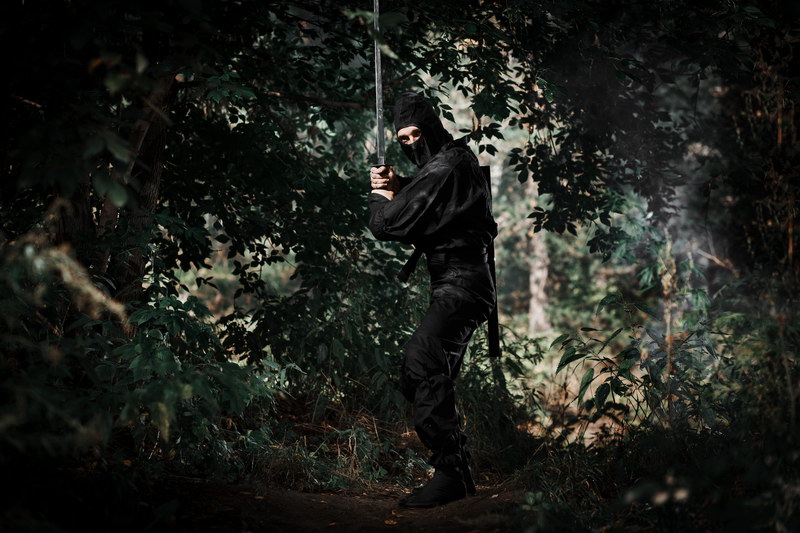
What was the Most Popular Ninja Province?
It was often depicted that these areas weren’t different in geography or politics than the rest of Japan. Only a single reliable account of their stealth battles was found, and this was before 1581. It was when the Iga Province ceased existing as an independent self-governing entity.
Stealth warfare was a practiced element in Japan. Yet those areas claimed a certain expertise in it.
The Tensho Iga no Ran is the battle of the two invasions of the province of Iga by the Oda. This was during the Sengoku period of the Japanese history.
Iga Province was soon conquered and ruled by Oda Nobunaga in the year 1581. It was after his son’s, Oda Nobukatsu’s, failed attempts in 1579.
The war’s name comes from the Tensho Era name in which the battles occurred.
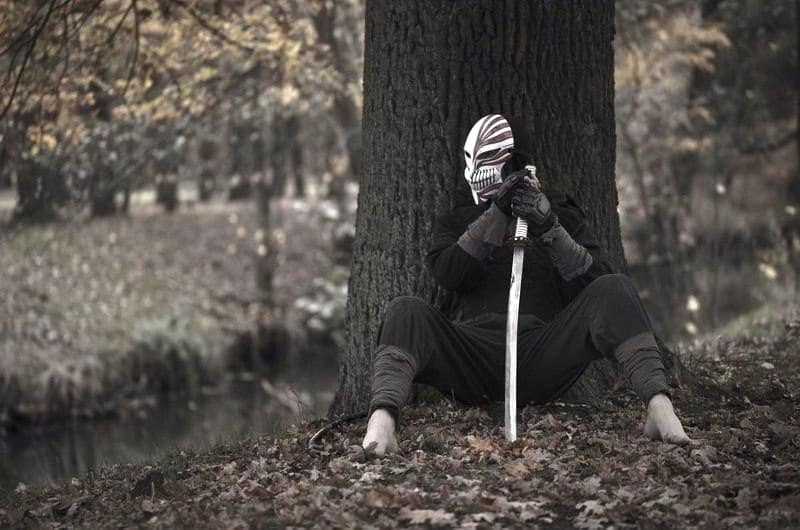
How did the Iga Revolt Start?
After the Genpei War, a lot of warriors escaped to Iga to avoid persecution. These warriors combined skills from new Samurai clans. Yet the Iga needed combat methods that focused not only on tactical battle warfare.
Because Iga was one of the less occupied regions in Japan without big commercial centers. The Iga warriors didn’t have big numbers of men, nor economic resources to win against big armies.
The Iga Shu were an independent group who fought outside their province. Warriors from Iga relied on small-scale tactics than risking huge battles. Shinobi became very skilled in a variety of methods to fulfill their tasks. These include sabotage, spying, night skirmishes, and assassinating military leaders.
Methods of the Shinobi didn’t risk huge numbers of men during their missions. They were like a mix of spies and able men and were considered as special forces who could take out enemies in stealth.
The Shinobi of the Iga, due to their great skills, urged warlords to start paying for the data they gathered. They were also hired as mercenaries for their special capabilities and infiltration skills.
The Ninja could take advantage of situations and act like double agents. They would keep their potential enemies fighting among themselves by spreading faux information. Those were devious tactics, but it helped keep the Iga free from invasions until the 1580’s.
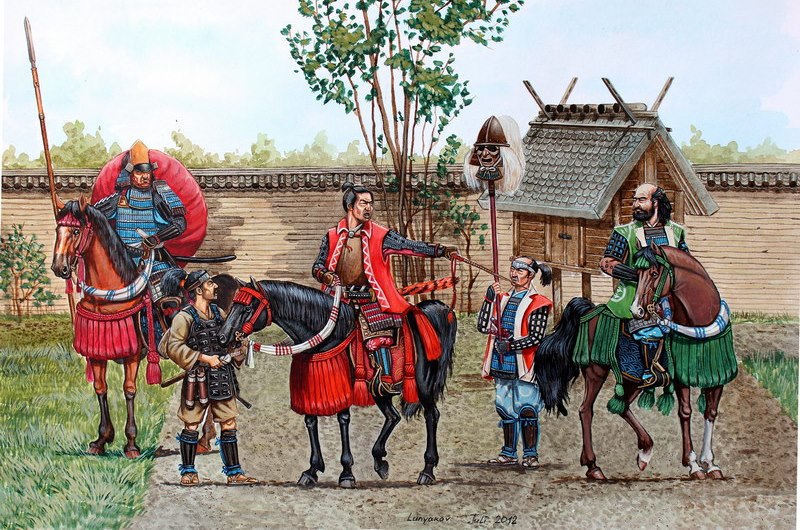
What was the First Tensho Iga War?
After the Battle of Okehazama, Oda Nobunaga started his rise as a great Daimyo of central Japan. As he progressed in a rapid manner, his territory expanded as well.
In 1567, Oda started invading the Ise province which was under the Kitabatake clan. He soon led their vassals to switch to his side, forcing the clan’s head, Kitabatake Tomofusa to sue for peace. This followed the Battle of Okawachi Castle in the year 1569.
As part of their agreement, Tomofusa adopted Oda Nobukatsu as his heir. This led him to cede most of his authority to the Oda.
On December 1576, Nobunaga and his son assassinated the remaining Kitabatake leadership. This was during the Mise Incident, thus, led to their full control over Ise.
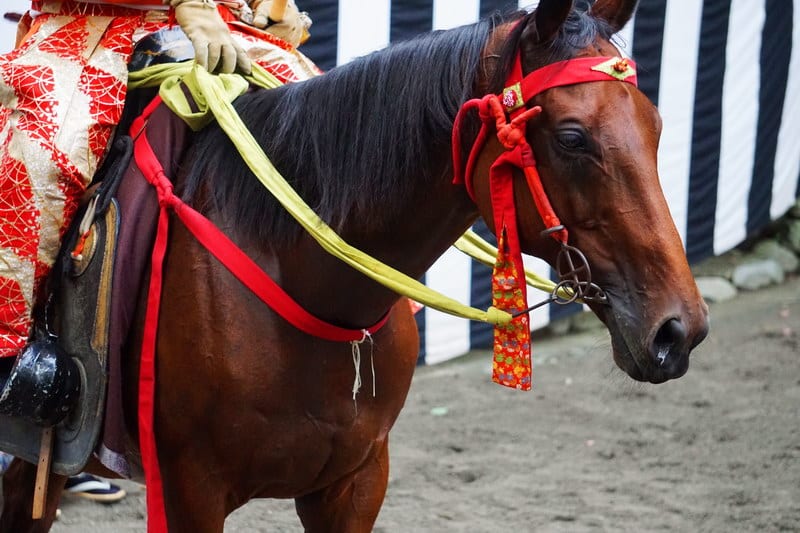
Oda Nobukatsu
Nobukatsu, who now had full control over Ise, thought of expanding his domain. This time, he wanted to include Iga province to it. During this time, his father, Oda Nobunaga, tried conquering enough clans and provinces. Nobunaga did this to fast become the Shogun.
The Shinobi of Iga disliked Oda and considered him too cruel and harsh to be Japan’s ruler. With that, they plotted against him and became a huge obstacle to his plans. To retaliate, Oda launched an invasion against the Iga province with a total of 10,000 warriors.
In 1578, a former minor vassal of Kitabatake living in Iga, paid a visit to Nobukatsu in Matsugashima. His name was Shimoyama Kai, and he urged Oda to invade Iga as he listed the misdeeds committed there. These included the ousting of Niki Yubai, nominal Shugo of Iga.
Here, Nobukatsu assigned Takigawa Kazumasu to build a castle along Maruyama, Iga. This is to work as the staging area for the campaign against Iga.
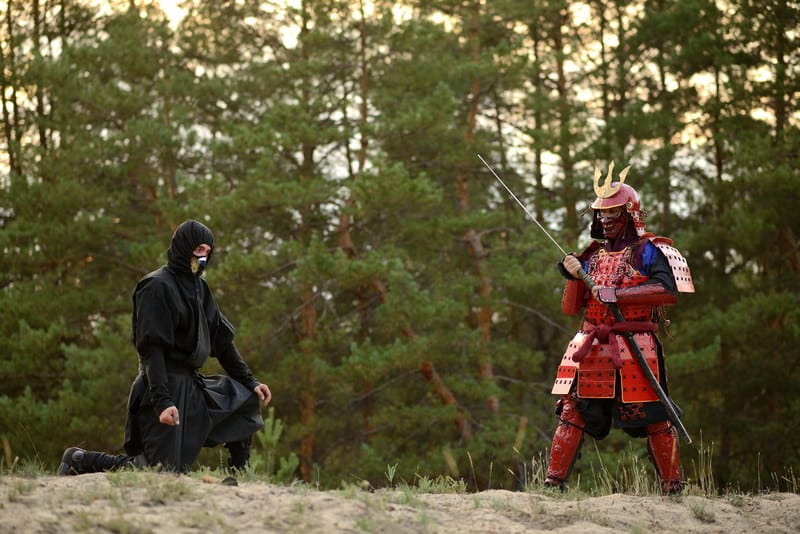
Attack at the Maruyama Castle
Warriors from Iga soon became alert due to the sudden construction of the castle. Before its completion, the Shinobi attacked Maruyama Castle on the 24th of November.
Surprised by the attack, Takigawa had to pull back from the castle, which was then burnt down by the Iga warriors. He then reassembled his remaining forces at Tsuzumigamine. Unfortunately, he lost once more, urging him to withdraw and return to Ise.
Angered and embarrassed by this, Nobukatsu wanted to attack Iga right then and there. Persuaded to wait by his trusted advisors, Nobukatsu did as told and waited to attack.
Though advised, he still wanted to attack one year later. He then formed a three-pronged attack the next year, then left Matsugashima on 1579. Soon, the Iga learnt of these preparations, and decided to meet Nobukatsu head on.
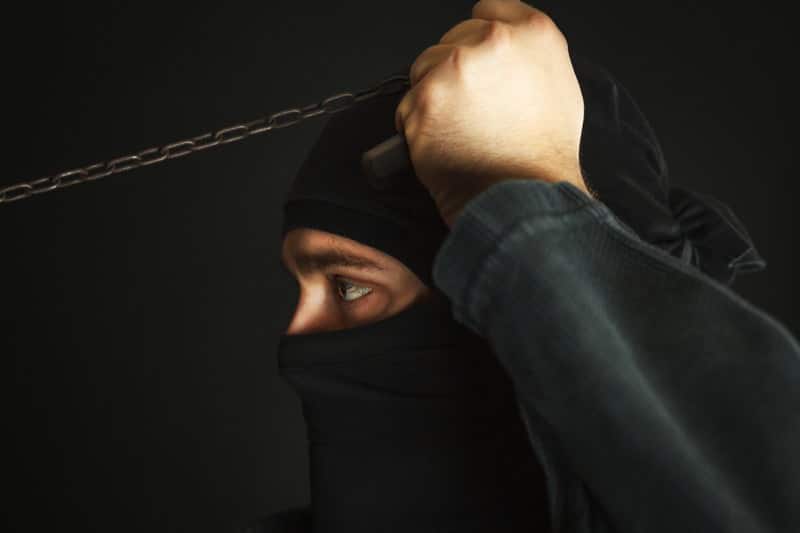
What Occurred in Nagano Pass?
The next day, Nobukatsu and his troops entered Iga via Nagano Pass, but ambushed by the Shinobi as they did. The Iga troops that waited made great use of their guerrilla tactics. They also utilized the great knowledge of their terrain. These helped them execute the surprise attack, confusing Nobukatsu and his army.
Knowing the loss, he retreated, taking huge losses as his troops became disorganized. His smaller forces led by Tsuge Saburo and Nagano Sakyonosuke also met the same fate. All in all, the number of Nobukatsu’s losses reached about thousands.
This campaign ended up as a disaster: not only was he defeated, but he also lost one of his generals, Tsuge Saburo. Moreover, Nobukatsu didn’t consult with his father before launching the attack.
His assault was partly motivated by his desire to prove himself to his father. Instead, Nobunaga turned furious after learning about this, and threatened to disown Nobukatsu.
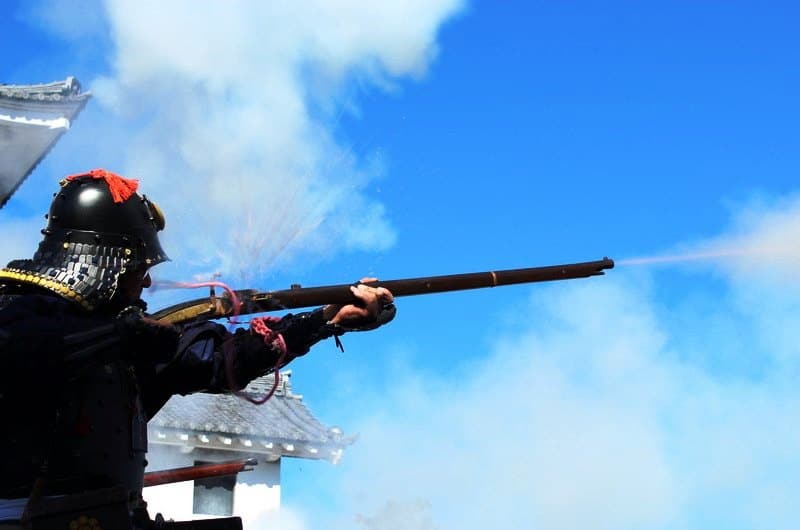
Second Tensho Iga War
On the 30th of September 1581, Nobunaga attacked Iga himself but on a much larger scale. The trigger for this second attack was due to a visit by two Iga residents. It was the month before in Azuchi in Nobunaga’s stronghold.
These two individuals from Iga offered to become guides for another invasion of Iga. Nobunaga agreed to this and even rewarded the men. This was during his height of power where he controlled almost the whole of central Japan. His territories included the areas that bordered Iga.
At some point, Oda was able to form a huge army that attacked Iga in all areas. Here, the Shinobi of Iga and their allies from Koga only reached 5,000. Despite this, they attacked at night via their eccentric tactics, routing the invaders.
The Role of Castles in the Samurai Battles
The Imperial Conquest: Siege of Chihaya
How the Japanese Sword Evolved Into Today’s Modern Katana
Oda Nobunaga would not become the Shogun without destroying the Shinobi. So later, he once again invaded the province, leading a total of 40,000 troops himself.
During this attack, Oda’s troops wielded muskets. 5,000 Shinobi wouldn’t stand a chance against 40,000 men with rifles during open combat. There were many battles and a large number of Shinobi who fought to the death. They were fierce that the Samurai could not capture their main stronghold.
The Samurai warriors had to burn the whole mountain, & shoot anyone who attempted to flee. It was a hollow victory, but the Samurai preferred winning via honorable combat. Interestingly, the last stand was also a form of deception by the Shinobi.
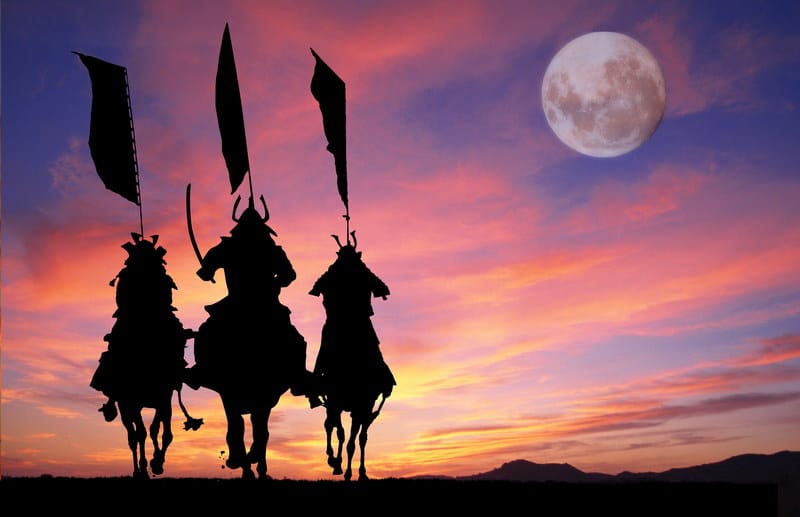
What was the Aftermath of the Iga Revolt?
After the attack, the Oda and later scholars referred to the encounters as the Iga No Ran or Iga Revolt. With that, the surviving Shinobi of Iga scattered and spread across the country. They took their skills and knowledge with them. When it comes to their defeat at Iga, it only signaled the end of their independence.
A few Iga survivors made their way to Tokugawa Ieyasu, one of Oda’s rivals. He gladly welcomes the Shinobi, but little did they know of his plans. Tokugawa would stamp out all opponents to usher centuries of peace. This would lead to the Shinobi becoming obsolete.
The Shinobi of Koga played a role in some later battles. One would be in 1600 at the Battle of Sekigahara. The other in 1614 at the Siege of Osaka. The last battle that employed the skills of the Koga Ninja was in 1637 – 1638, the Shimabara Rebellion.
The Shinobi helped the Shogun put down the Christian rebels. This was the last time their services and skills were used. Yet, the real end of the democratic and independent Shinobi provinces was in 1581. This was when Oda Nobunaga ended the Iga Revolt.

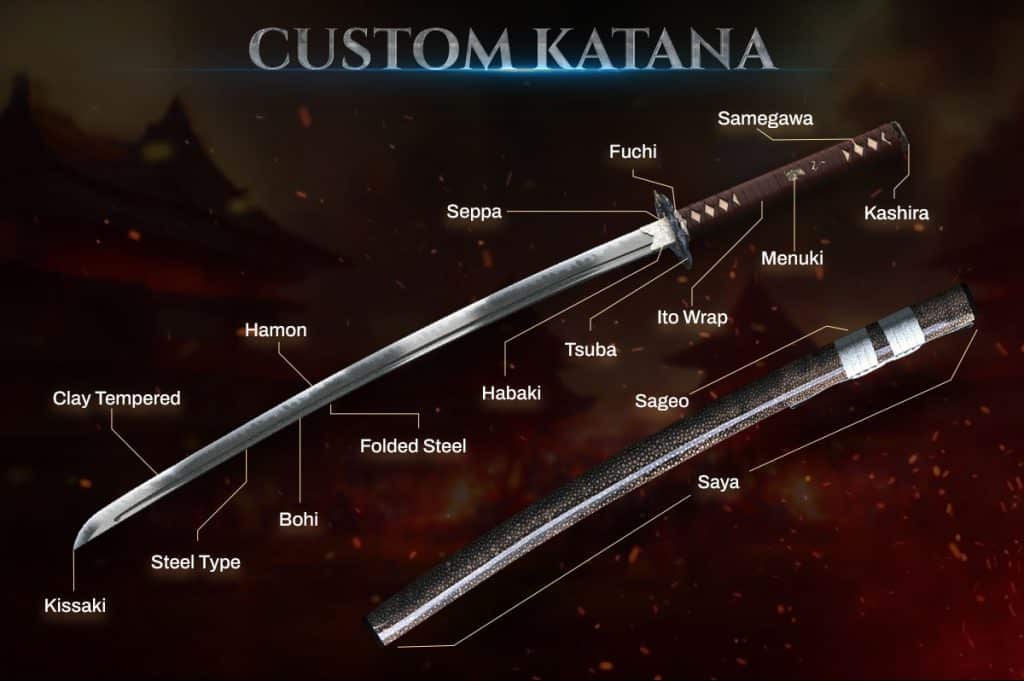
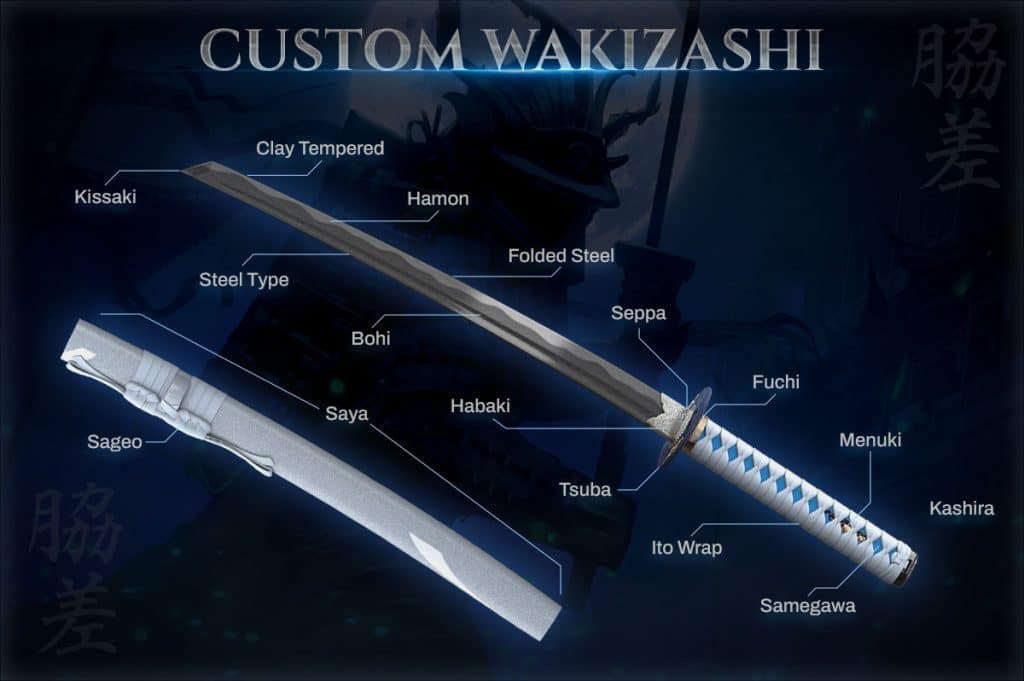
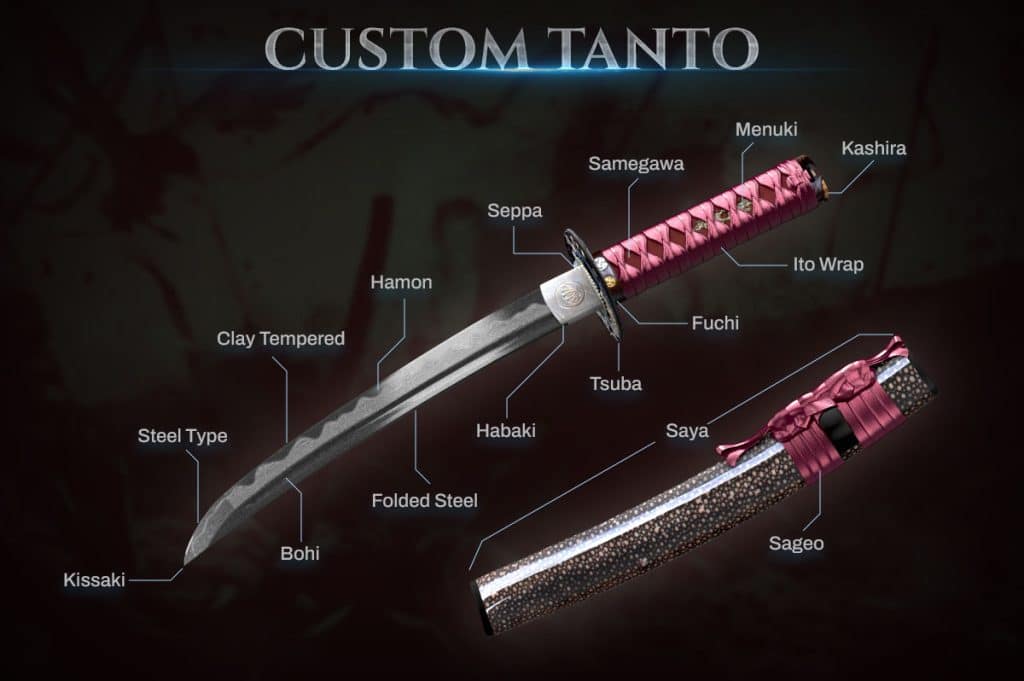
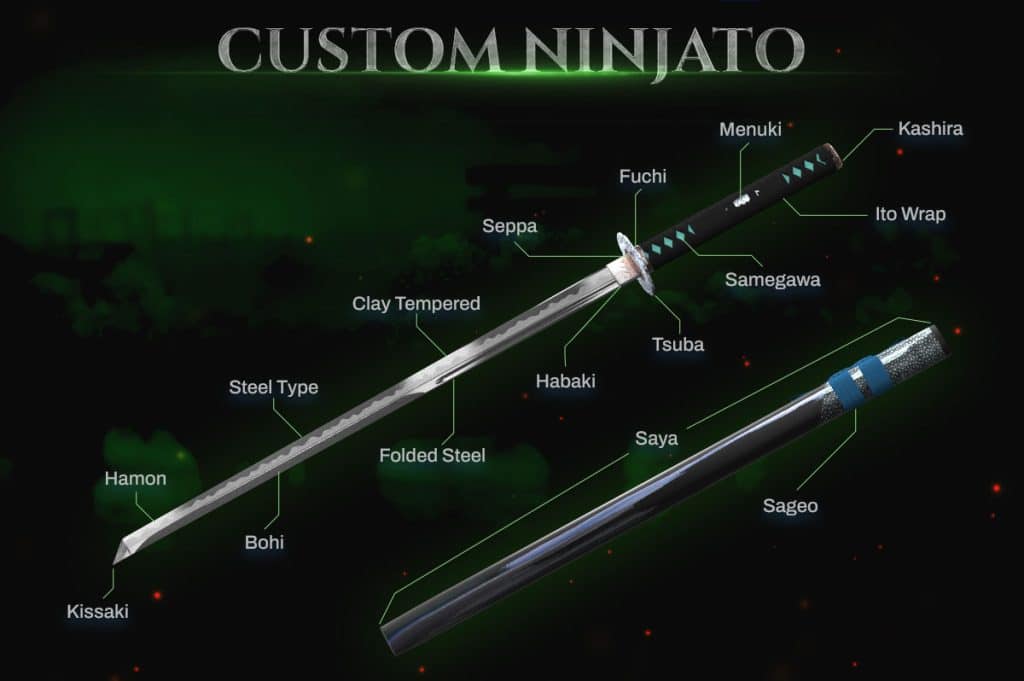
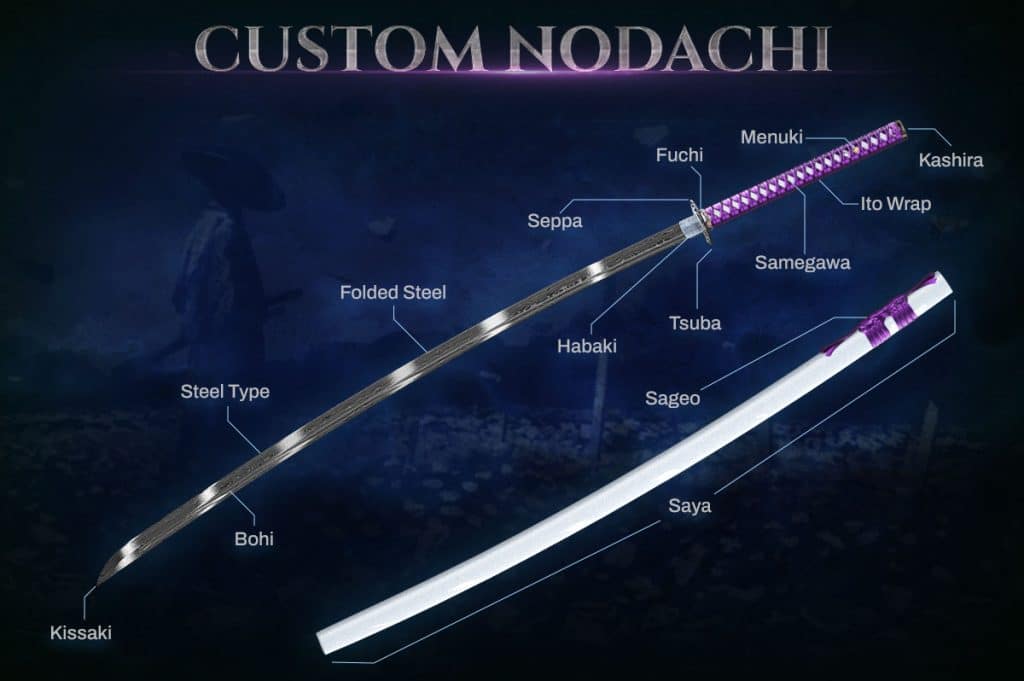
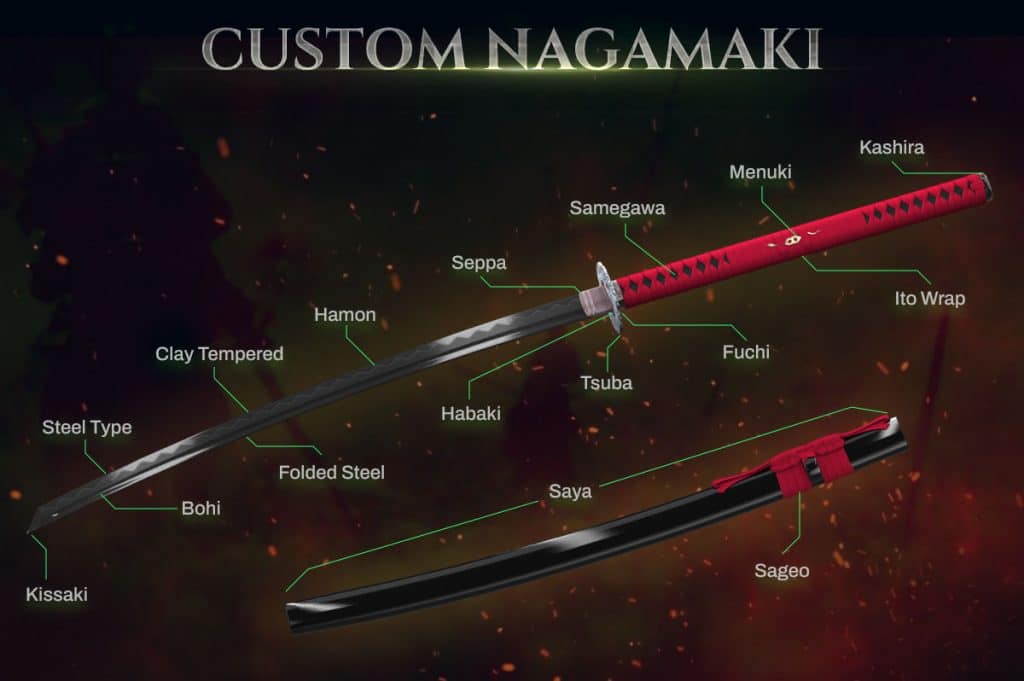
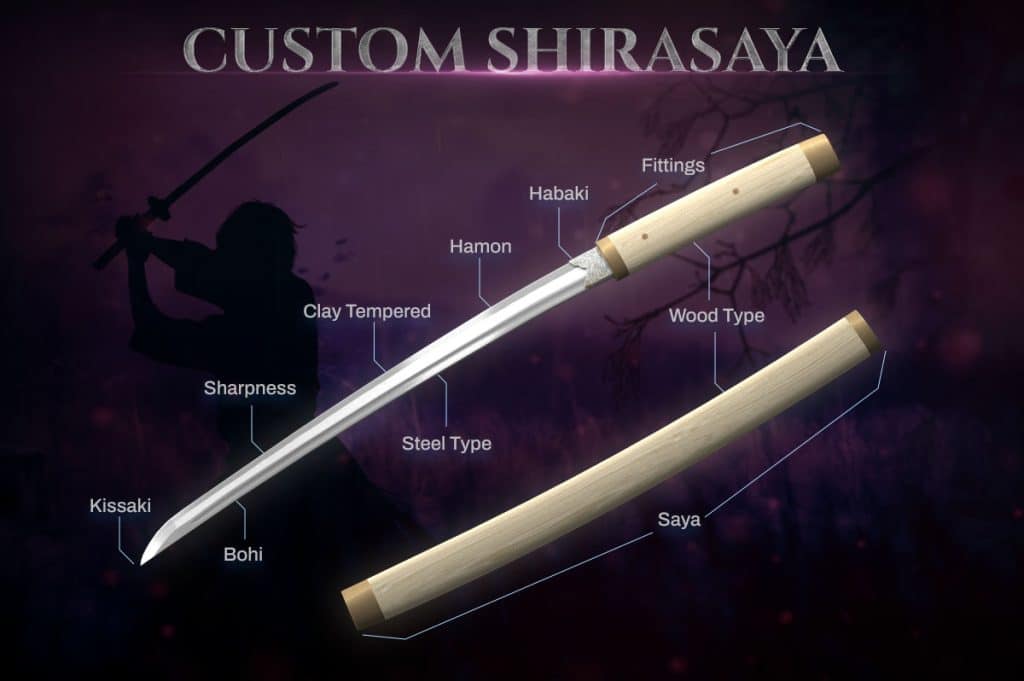
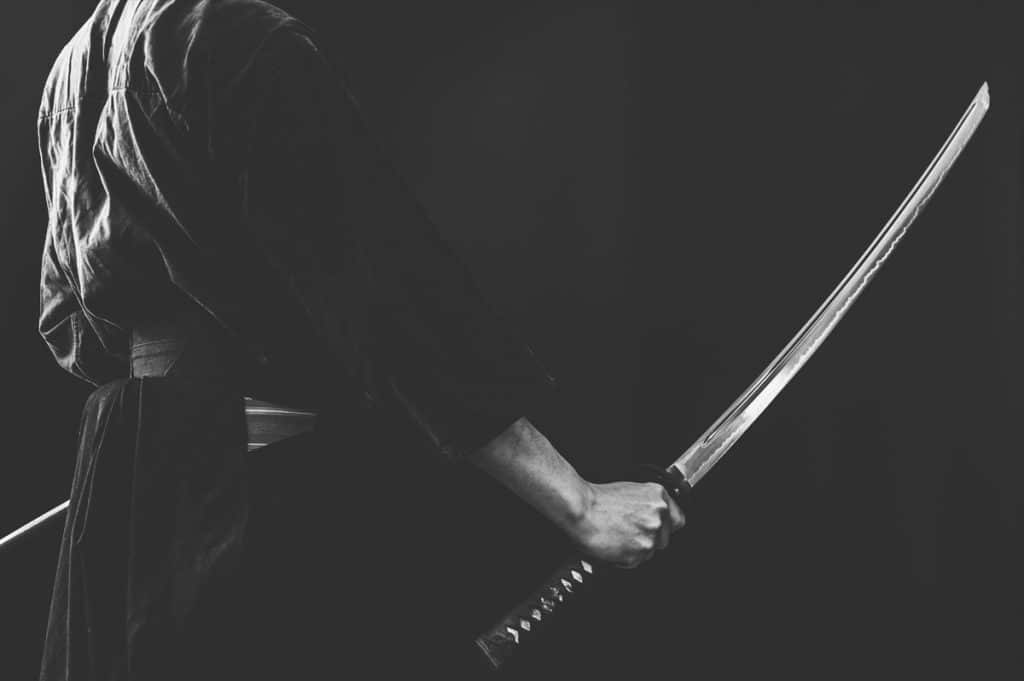
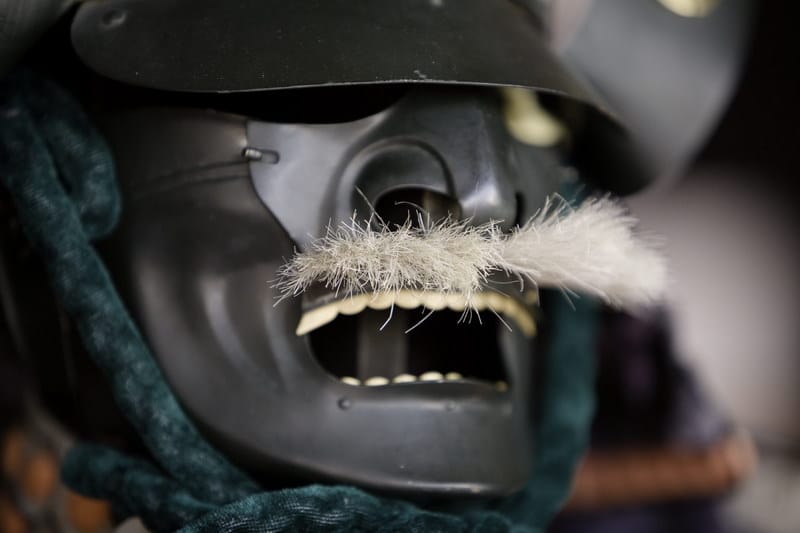
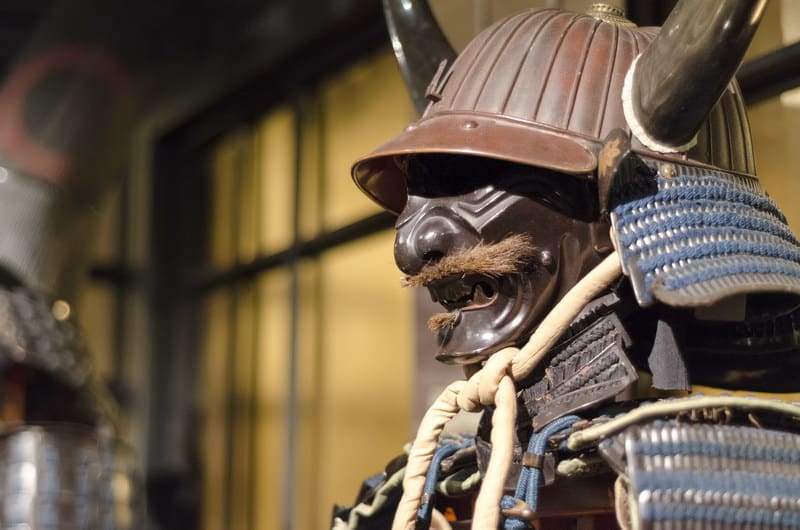
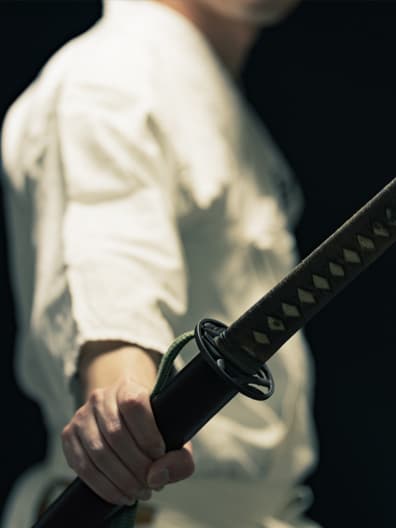
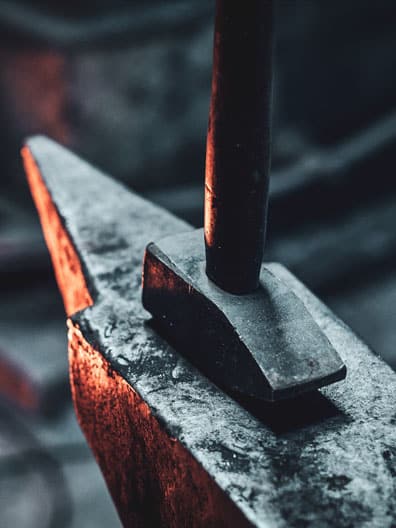
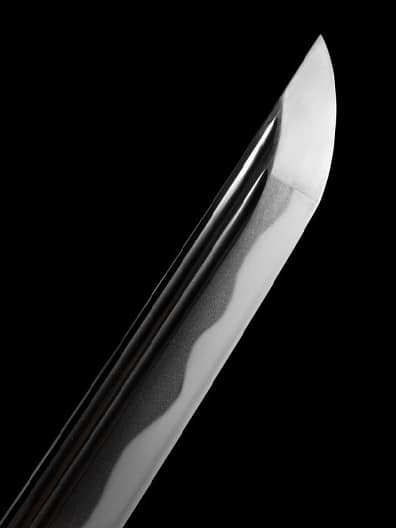
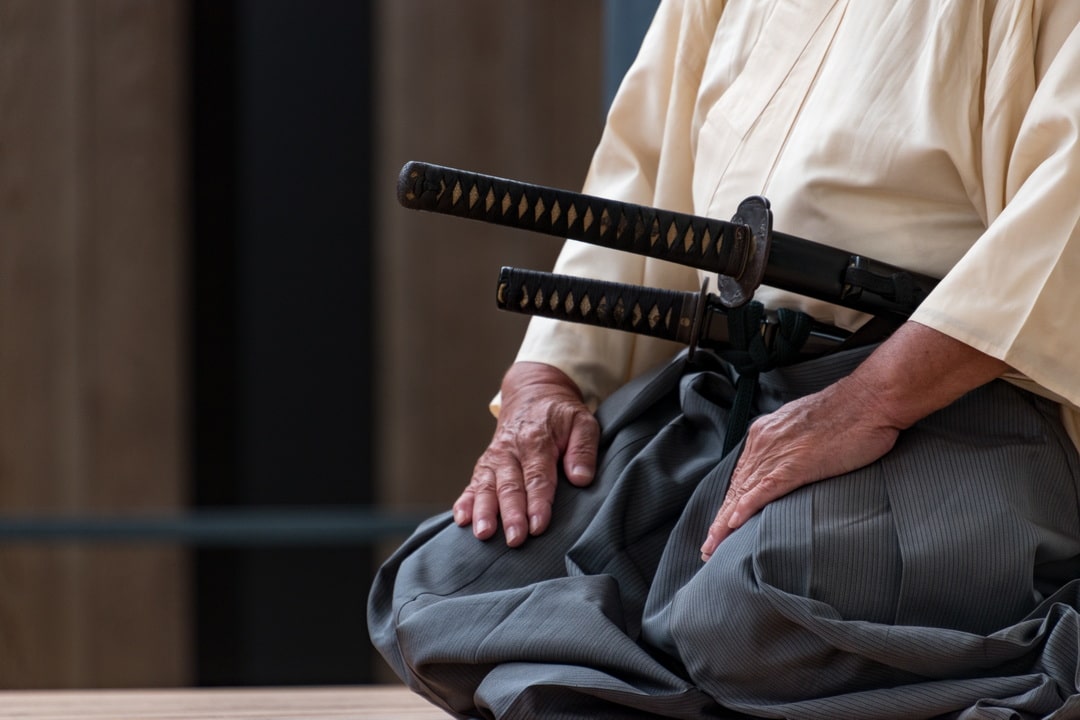
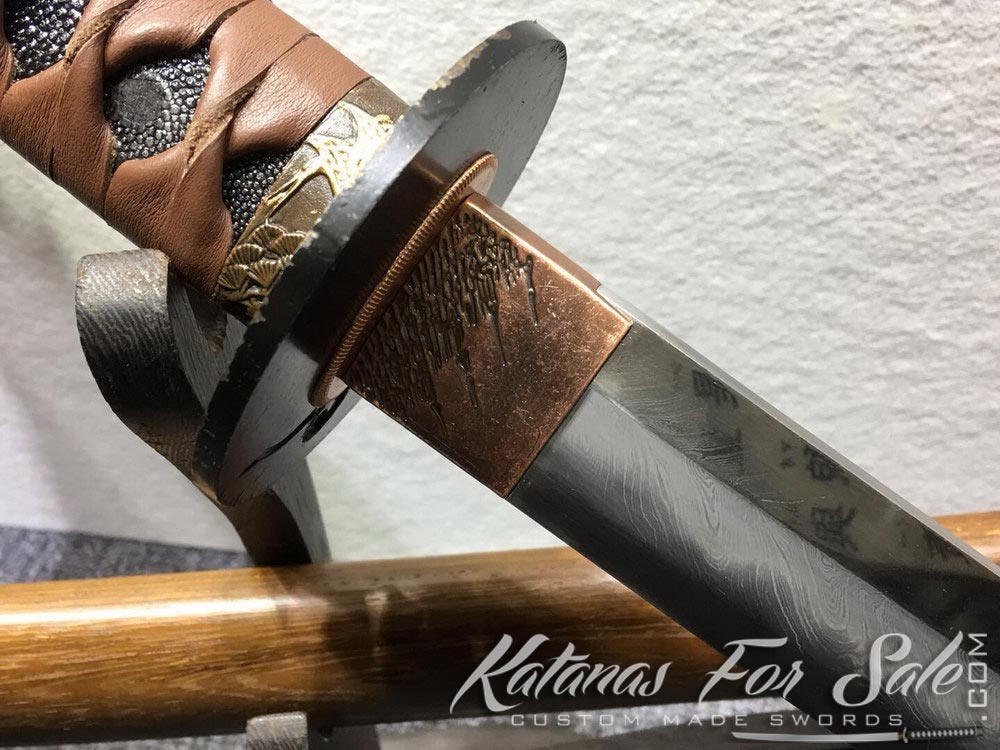
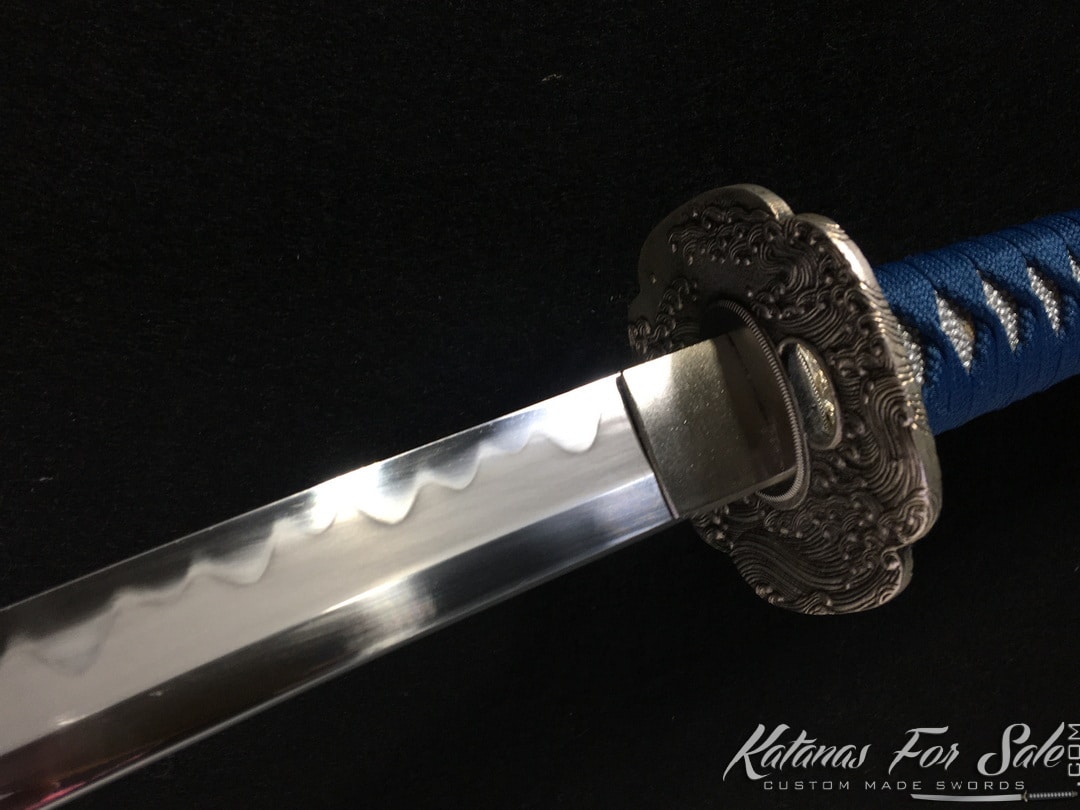
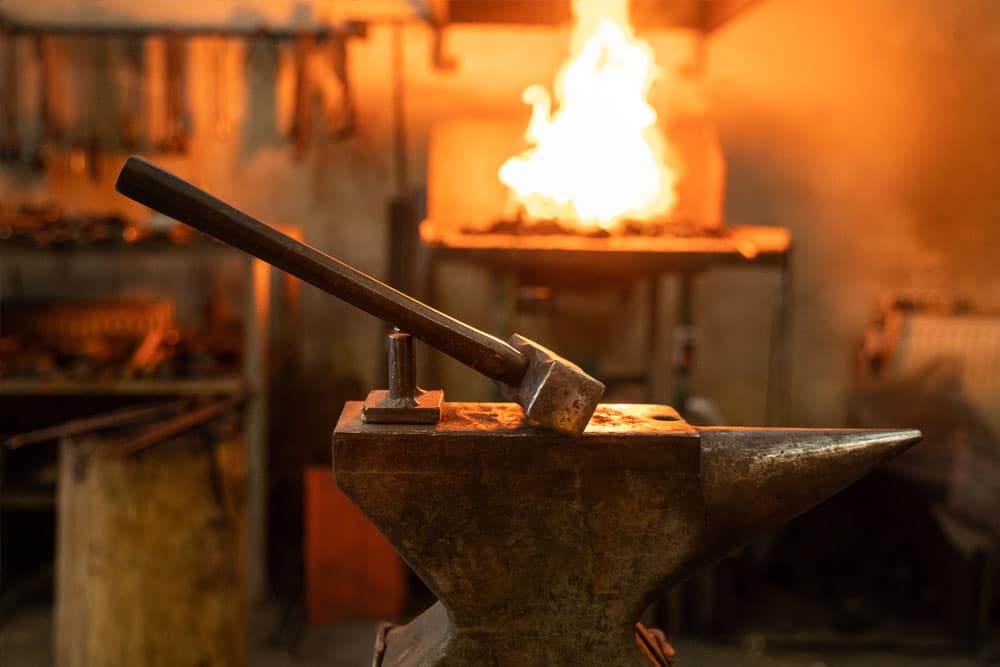

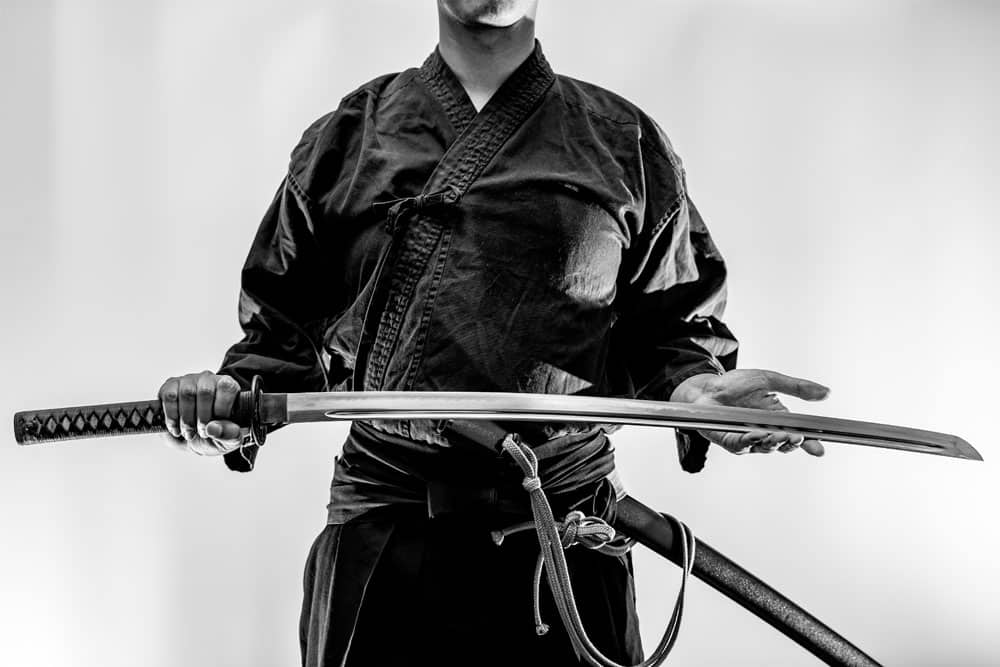

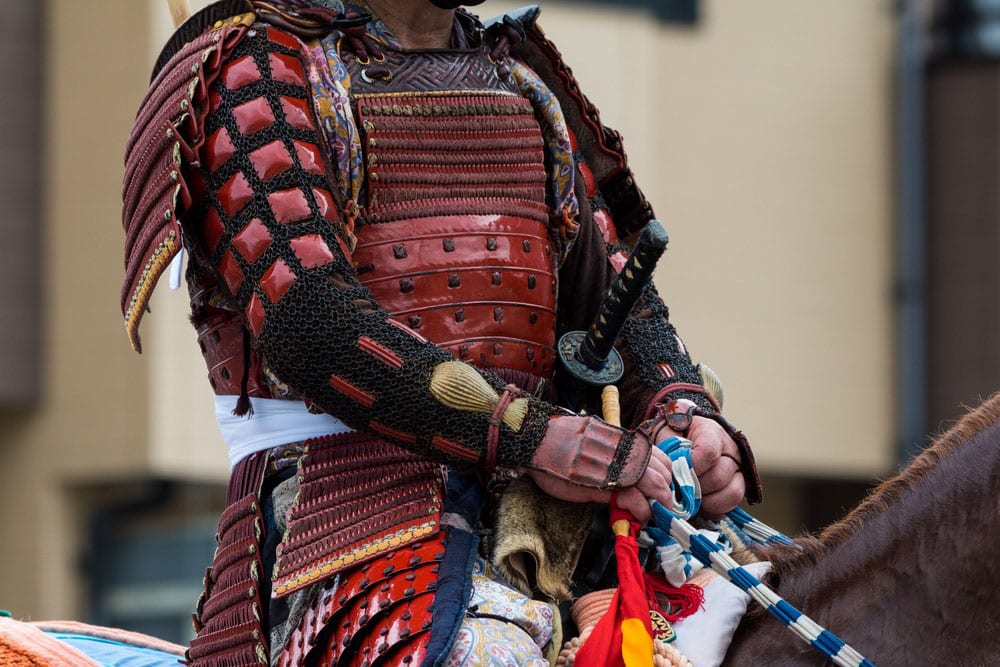
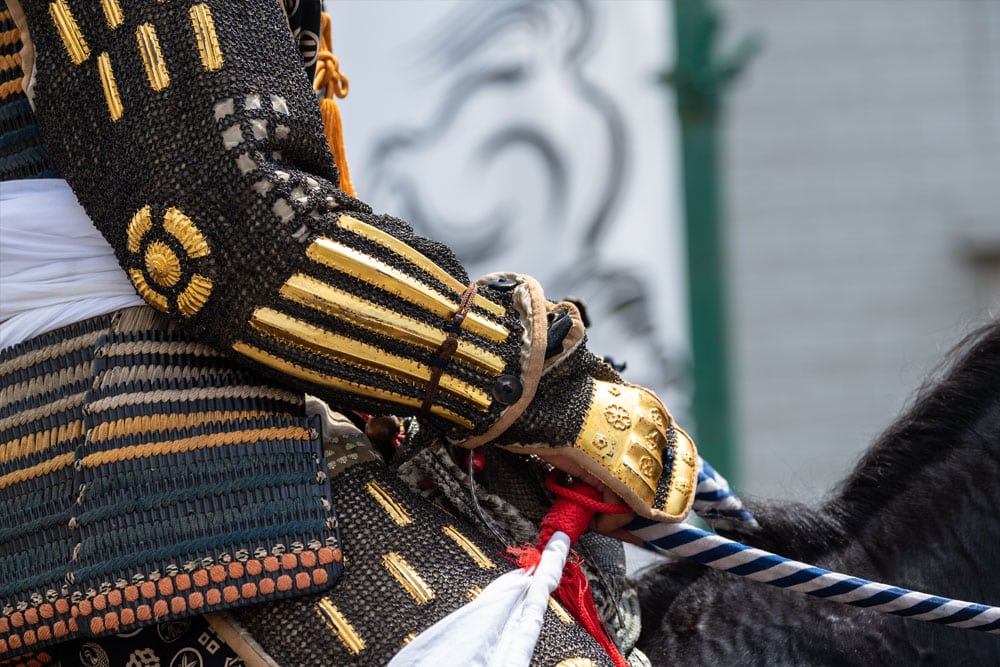
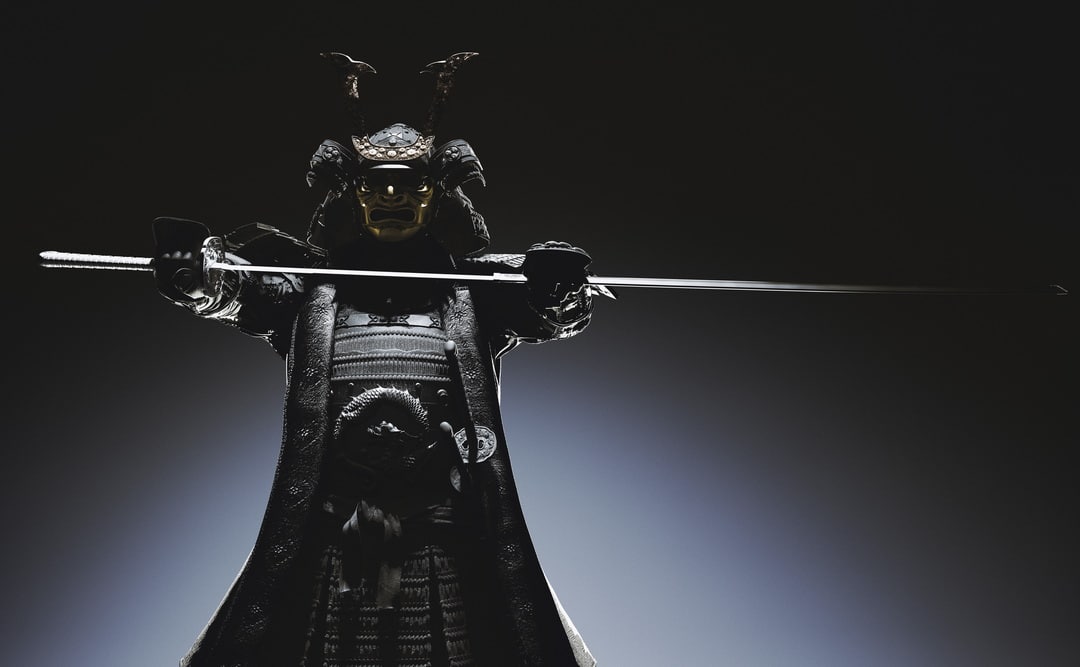
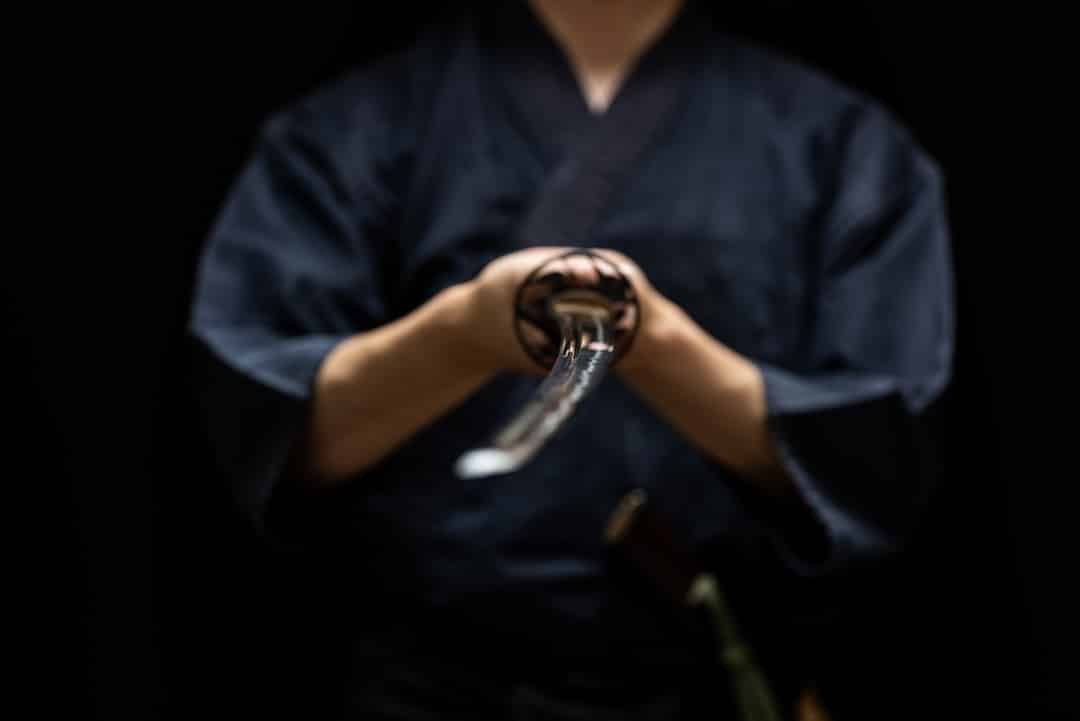
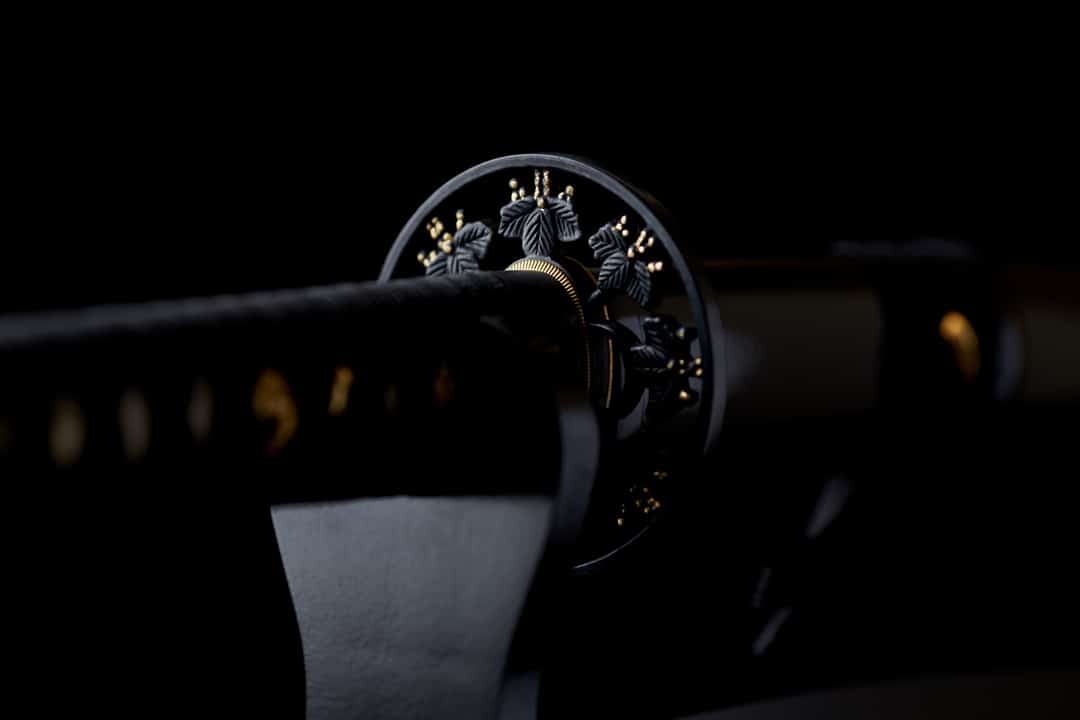
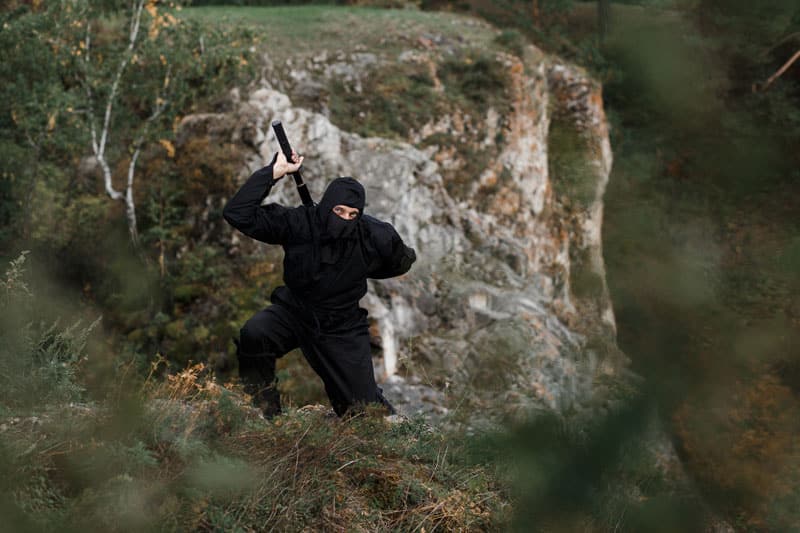

Test Your Knowledge
Feudal Japan's Warriors and Roles Unraveled
Samurai Sword Mastery: The Ultimate Challenge
Samurai Wisdom: Embark on a Journey Through the Ages